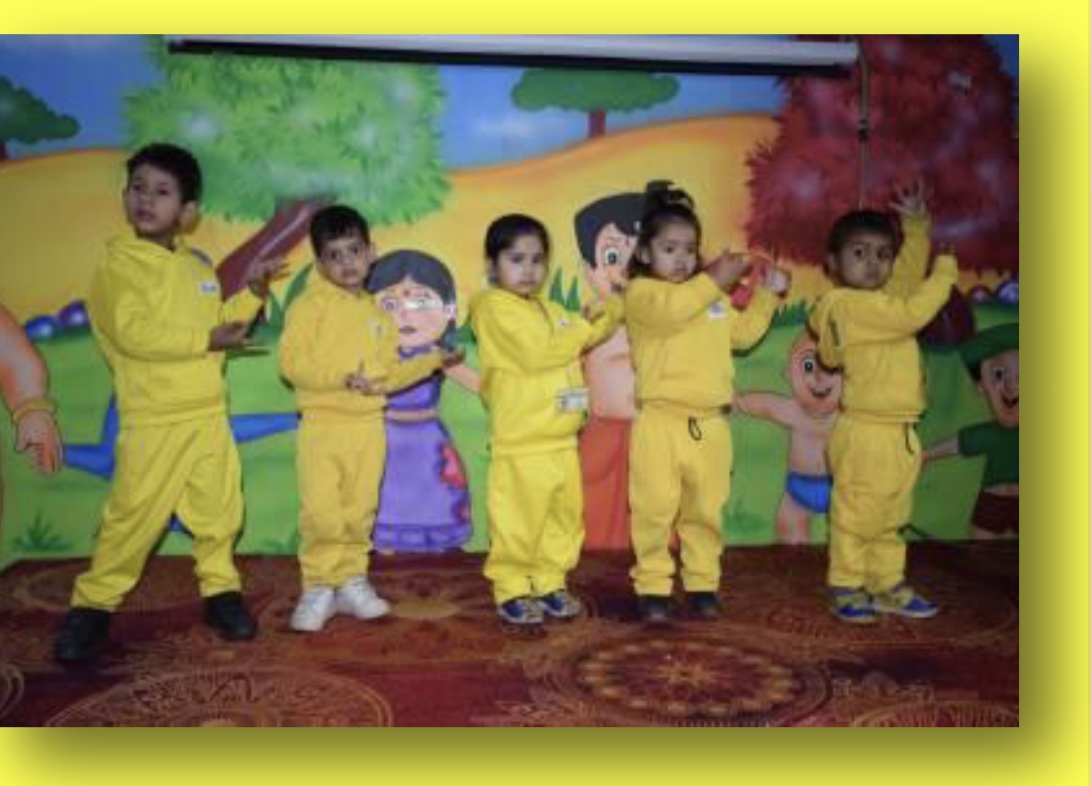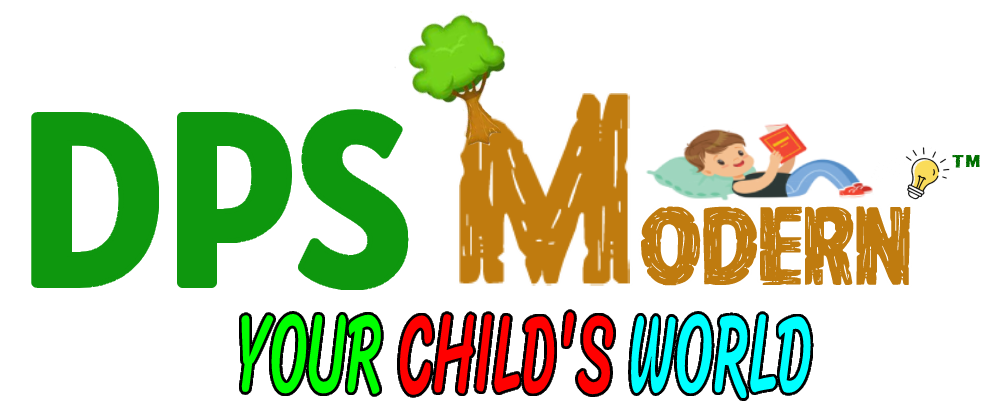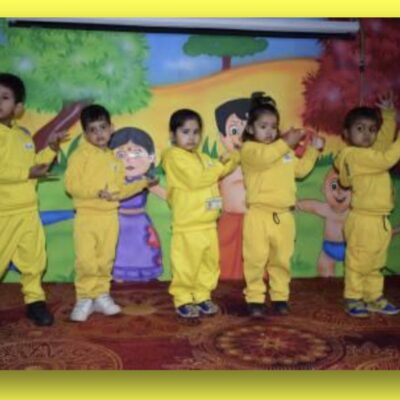
Technology has become an increasingly prevalent aspect of our daily lives, and the same can be said for early childhood education. In this blog post, we will explore the role of technology in preschool education and how it can both enhance and hinder learning.
The use of technology in the classroom can provide many benefits for preschoolers. Interactive whiteboards, tablets, and educational apps can make learning more engaging and interactive. For example, interactive whiteboards can display pictures and videos that help illustrate concepts and capture children’s attention. Tablets can provide access to a wide range of educational games and activities that help children develop basic skills, such as counting, letter recognition, and problem-solving.
However, there are also potential downsides to the use of technology in preschool education. Excessive screen time can lead to a sedentary lifestyle, which is not ideal for young children who need physical activity for healthy development. Additionally, technology should never replace hands-on learning experiences, such as building with blocks, playing with sand, or engaging in dramatic play.
It’s important to remember that technology is a tool, and it should be used in moderation to supplement, not replace, traditional learning methods. When used appropriately, technology can be an effective way to enhance early childhood education and prepare children for the digital age. However, it’s important to strike a balance between screen time and hands-on learning experiences to ensure that children receive a well-rounded education.
















